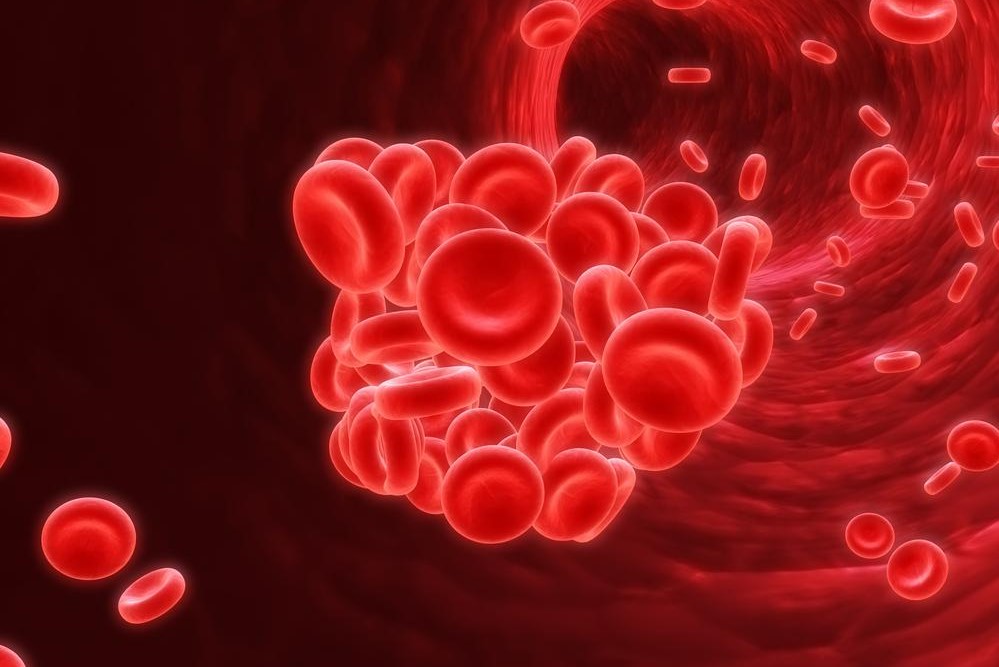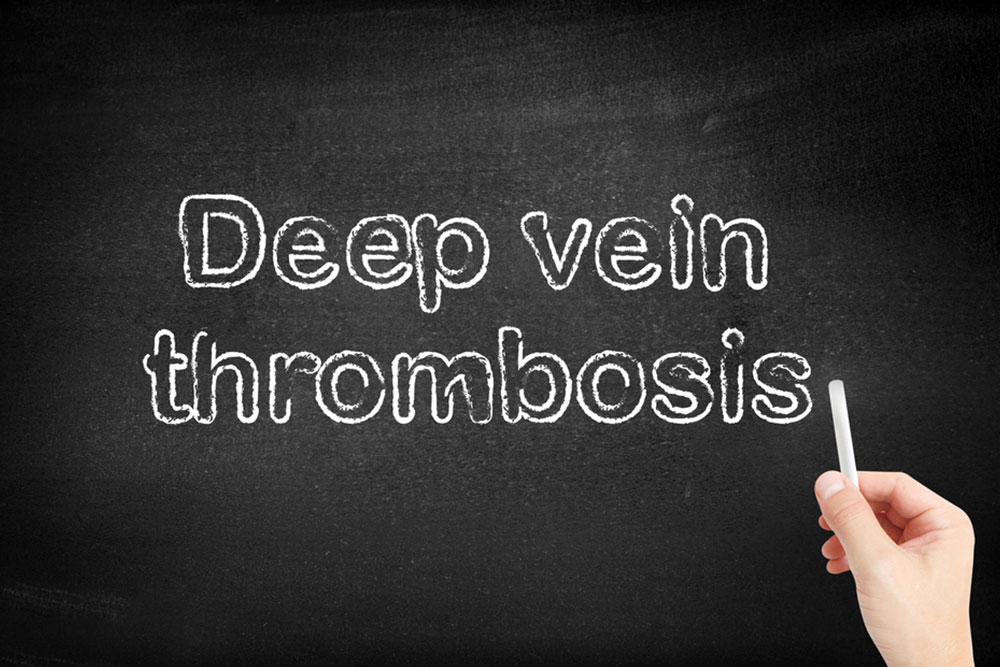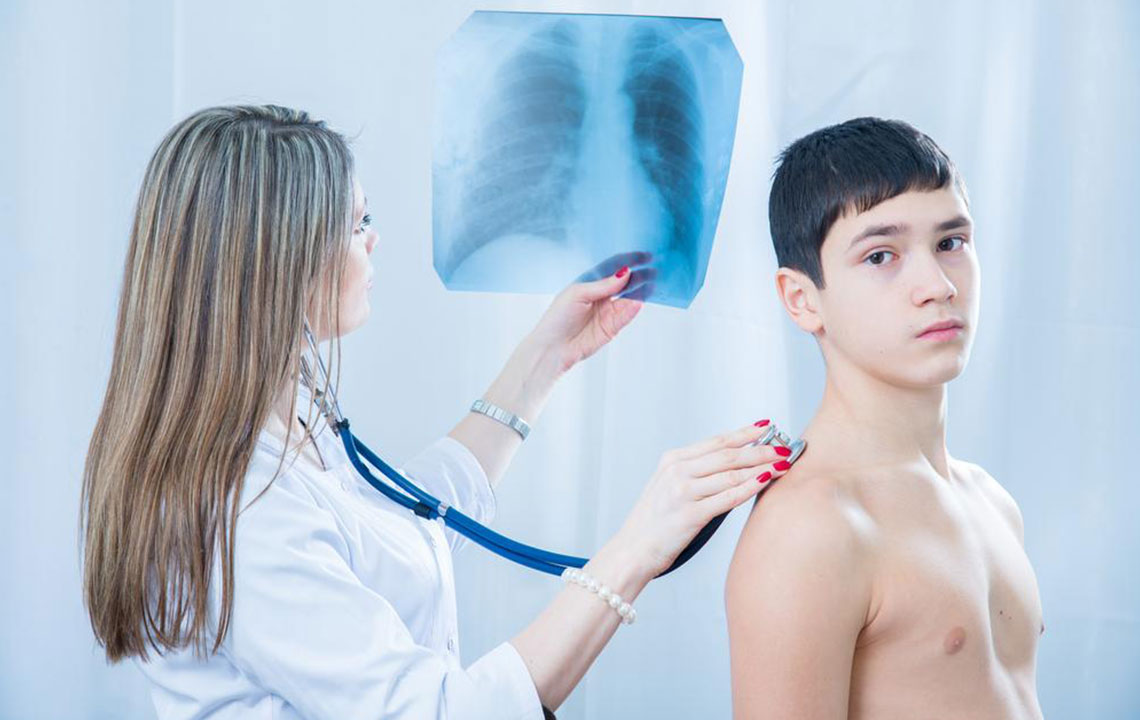Comprehensive Guide to Blood Clots: Causes, Symptoms, and Effective Treatments
This comprehensive guide explores blood clot formation, risk factors, symptoms, and treatments. Understanding these aspects helps in early detection and prevention of serious conditions like DVT, pulmonary embolism, and stroke. Timely medical intervention and lifestyle changes are key to managing and preventing blood clots effectively, ensuring better health outcomes.

Comprehensive Guide to Blood Clots: Causes, Symptoms, and Effective Treatments
Blood clot formation is an essential physiological process that helps the body heal injuries by preventing excessive blood loss. When a cut or wound occurs, platelets and clotting factors work together to transform liquid blood into a stable gel-like mass, sealing damaged blood vessels and facilitating tissue repair. However, while this mechanism is vital for injury recovery, the formation of abnormal blood clots within veins or arteries can sometimes lead to serious health complications. Such internal clots, if not properly managed, can obstruct blood flow to vital organs, potentially resulting in severe conditions like deep vein thrombosis (DVT), pulmonary embolism, stroke, or heart attack.
Understanding the balance between normal clotting and abnormal clot formation is critical for early detection and prevention. It is equally important to recognize the underlying causes, common symptoms, and available treatment options to effectively manage this health issue.
What Causes Blood Clots?
Blood clots develop due to complex interactions among various physiological and environmental factors. These factors can increase the tendency for blood to clot abnormally, especially when combined with certain health conditions or lifestyle choices. Recognizing these risk factors allows individuals and healthcare providers to implement preventive measures more effectively.
The key contributors to abnormal blood clot development include:
Pregnancy: Changes in hormone levels and blood flow during pregnancy increase clotting risks.
Prolonged immobility: Extended periods of inactivity, such as long flights, bed rest, or hospitalization, hinder normal blood circulation.
Sedentary lifestyle: Lack of regular physical activity raises the likelihood of blood stagnation and clot formation.
Smoking: Tobacco use damages blood vessel walls and increases clotting factors.
Cancer: Certain malignancies can stimulate clotting mechanisms, leading to thrombosis.
Hormonal contraceptives: Some birth control pills elevate clotting risks due to hormonal influences.
Obesity: Excess weight puts additional strain on circulatory health and promotes clot formation.
Family history: Genetic predispositions can make some individuals more susceptible to blood clots.
Age: The risk significantly increases after age 60, due to age-related changes in blood vessels and clotting factors.
Recognizing the Symptoms of Blood Clots
Identifying blood clots early can be life-saving. Symptoms depend on the location of the clot and how it affects blood flow in particular areas.
Common signs of blood clots include:
Swelling in one limb, often accompanied by warmth and redness; typical of deep vein thrombosis (DVT).
Persistent leg cramps and tenderness, indicating potential clot presence in the veins.
Chest pain, which may feel like pressure, tightness, or heaviness, especially if the clot travels to the lungs (pulmonary embolism).
Shortness of breath or difficulty breathing, a hallmark symptom of pulmonary embolism.
Rapid heartbeat or pounding in the chest.
Sudden severe headache, weakness, speech difficulty, or vision problems, which could indicate a clot in the brain causing a stroke.
Unexplained abdominal pain and swelling, possibly due to clot formation in abdominal vessels.
It's important to seek emergency medical attention if any of these symptoms are observed, as prompt treatment can prevent major complications.
Effective Treatments for Blood Clots
Timely intervention is crucial for managing blood clots and preventing severe health outcomes. Treatment approaches vary based on the clot’s location, size, and the patient's overall health status.
Common treatment options include:
Anticoagulant medications: Blood thinners such as heparin, warfarin, or newer oral anticoagulants are frequently used to prevent clot growth and reduce the risk of new clot formation.
Thrombolytic therapy: In emergency situations, clot-busting drugs may be administered to dissolve large or life-threatening clots quickly.
Compression stockings: These can help improve blood flow and reduce swelling in affected limbs, especially in DVT cases.
Inferior vena cava (IVC) filters: These devices are placed in the large vein to catch migrating clots and prevent pulmonary embolism.
Surgical procedures: In severe cases, interventions such as clot removal or vein surgery may be necessary.
Lifestyle modifications: After recovery, maintaining an active lifestyle, quitting smoking, controlling weight, and managing other health conditions are vital to prevent recurrence.
Monitoring and follow-up care are essential components of effective treatment plans. Healthcare providers may recommend regular imaging tests, blood work, and lifestyle counseling to ensure long-term health and safety.
Preventative strategies, including awareness of risk factors and timely medical consultation, play a key role in reducing the incidence of blood clots.
In conclusion, blood clots are a serious health concern that require prompt attention and proper management. By understanding the causes, recognizing symptoms early, and adhering to effective treatment and lifestyle adjustments, individuals can significantly reduce their risk of life-threatening complications related to blood clots. Staying informed and vigilant is crucial in maintaining circulatory health and overall well-being.





